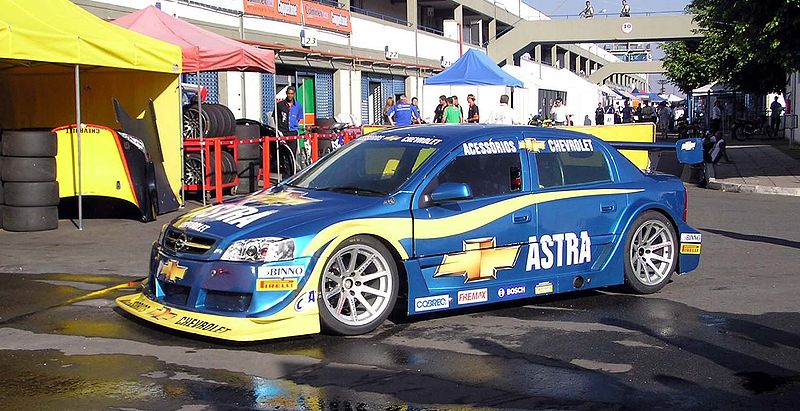
Source: The Open Road (3906841499), Marcus Quigmire, Wikimedia
Imagine the freedom you might feel when taking a car trip on an open road with no traffic, no deadlines, no worries—only relaxation and fun. You might think, “Ah, this smooth ride feels like a dream.” Whenever your surroundings affect your mood or feelings, you are feeling the power of sensory imagery. The things in our world that we can see, hear, smell, taste, and touch are things we experience with our senses.
In reading and writing, images are a type of figurative language, meaning that the words may describe something literal but also mean something more. This added layer of meaning is what we mean by the word “figurative.” The opposite of figurative is “literal,” which means that the words are simple descriptions rather than imagery. Other types of figurative language we encounter frequently are similes, metaphors, personification, and hyperbole.
One of the most exciting parts of reading is understanding symbolic meanings found in imagery and figurative language.
Consider the most awesome car you can imagine, a car you would love to own and drive one day. Think of the joy you would experience in taking a trip in that car. When you learn how to read a text closely, you experience that same kind of joy. You begin to uncover the meanings in the author’s use of imagery and figurative language. These techniques can have powerful effects on the readers.

Source: Stock Car Brazil Pace Car, morio, Wikimedia
Understanding figurative language within literature can take us on a journey into a new world, just as a ride in our dream car can take us on the journey of our lives. In this lesson, you will learn how to make complex inferences and use textual evidence such as imagery and figurative language to support understanding.